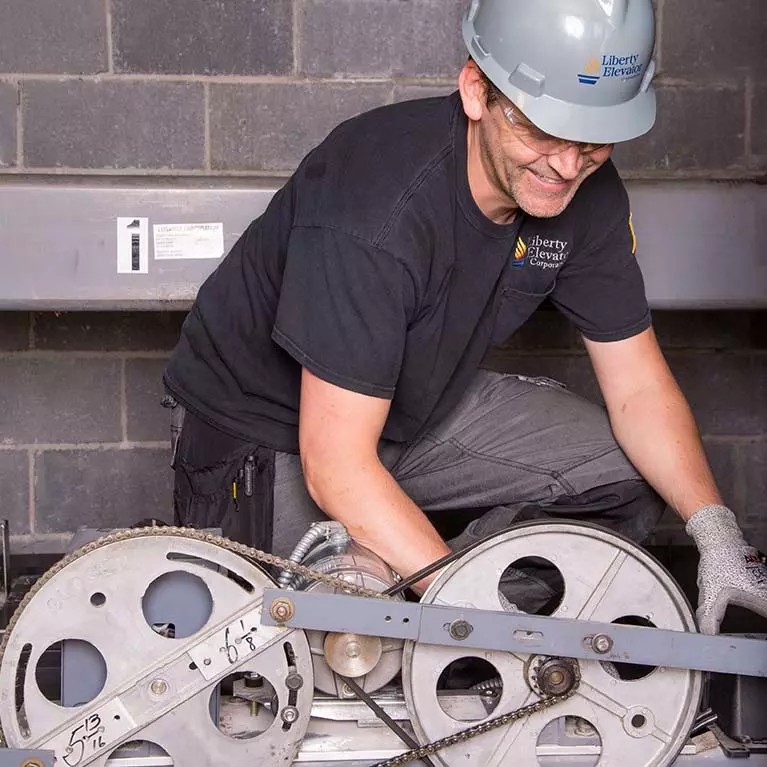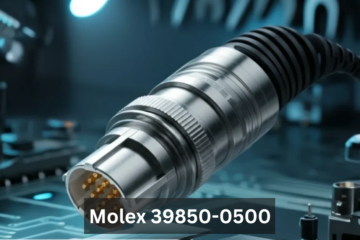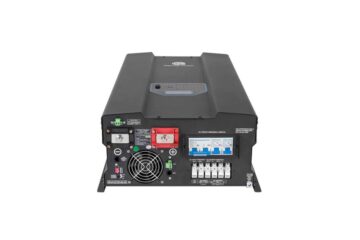In the rapidly evolving world of commercial real estate, the significance of elevator systems transcends mere functionality. They are integral to the seamless operation, safety, and aesthetic appeal of commercial buildings. A comprehensive understanding of the lifecycle of commercial elevators is crucial for building managers, owners, and developers. This guide delves into the various stages of an elevator’s lifespan, highlighting the importance of maintenance and upgrades, and how they play a pivotal role in ensuring efficiency, safety, and compliance with evolving industry standards.
Understanding the Elevator Lifecycle
Commercial elevators, much like any other mechanical system, undergo a series of stages during their operational life. These stages include installation, routine maintenance, periodic upgrades, and eventual replacement. The lifecycle of an elevator typically spans several decades, with the average being around 20 to 30 years. However, with proper maintenance and timely upgrades, this lifespan can be significantly extended.
Installation and Initial Years
The journey of a commercial elevator begins with its installation, a process that involves careful planning, adherence to safety standards, and precision engineering. The initial years of an elevator’s operation are generally marked by high efficiency and lower maintenance requirements. However, this period is crucial for setting the foundation of regular maintenance routines.
Routine Maintenance: The Backbone of Elevator Longevity
Regular maintenance is the backbone of elevator longevity and safety. It involves a series of inspections, adjustments, cleaning, and lubrication of various components such as the hoist ropes, pulleys, brakes, and control systems. The frequency of these maintenance activities is often determined by factors like the elevator’s age, usage intensity, and manufacturer recommendations.
A well-maintained elevator not only ensures the safety of its users but also significantly reduces the likelihood of costly breakdowns and repairs. Routine maintenance also provides an opportunity to identify potential issues early, thereby preventing more significant problems in the future.
Mid-Life Upgrades: Keeping Up with Technology and Safety Standards
As elevators age, they may require more than just routine maintenance. Mid-life upgrades become necessary to keep the system running efficiently and in compliance with current safety standards and technological advancements. These upgrades can include modernizing the control system, replacing the drive mechanism, or upgrading the interior aesthetics of the cabin.
One of the key aspects of mid-life upgrades is adapting to new technologies. With the advent of smart building technologies, elevators can be integrated into building management systems, enhancing operational efficiency and user experience. Features like destination dispatch, energy-efficient drives, and advanced safety systems not only improve the functionality of the elevator but also contribute to the building’s overall value.
Compliance with Safety Standards and Regulations
Safety is paramount in the elevator industry, and compliance with local and national safety standards and regulations is non-negotiable. As these standards evolve, it becomes imperative for building owners to ensure their elevator systems are not just compliant, but also embody the latest in safety technology. This could involve upgrading safety components, such as door operators, emergency communication systems, and alarm systems.
Dealing with Obsolescence and Modernization Challenges
As commercial elevators age, certain components may become obsolete, making maintenance increasingly difficult and costly. This phase in the elevator’s lifecycle calls for strategic decision-making regarding modernization. Modernization not only addresses the challenges of obsolescence but also ensures the elevator system meets contemporary performance and safety expectations. It often involves comprehensive upgrades like installing new motors, control systems, or even revamping the entire cabin interior to meet modern standards of comfort and design.
Energy Efficiency and Sustainability
In today’s eco-conscious world, energy efficiency is not just a buzzword but a critical component of building operations. Elevators consume a significant portion of a building’s energy, particularly in high-rise structures. Upgrading to energy-efficient models or retrofitting existing systems with energy-saving features is a key aspect of the lifecycle management. This could include the installation of LED lighting, regenerative drives that feed power back into the building’s grid, or low-energy control systems. Such upgrades not only reduce the operational costs but also align with broader sustainability goals, a factor increasingly important to tenants and regulatory bodies.
Emergency Systems and Upgrades
An often-overlooked but vital component of the elevator lifecycle is the emergency systems. Upgrades in this area are critical to ensure the safety and security of the elevator’s passengers. This includes modernizing emergency communication systems, ensuring reliable backup power sources, and installing state-of-the-art safety mechanisms to handle situations like entrapments or power failures.
The Role of Data and Predictive Maintenance
The integration of data analytics and IoT (Internet of Things) in elevator systems marks a transformative phase in lifecycle management. Elevators equipped with sensors and connected technologies can transmit real-time data about their operation. This data can be used for predictive maintenance, a proactive approach that anticipates potential issues before they escalate into major faults. Predictive maintenance not only extends the life of the elevator but also optimizes maintenance schedules, reducing downtime and enhancing reliability.
Planning for End-of-Life and Replacement
Eventually, an elevator will reach a point where continued maintenance and upgrades are no longer cost-effective or safe. Planning for the end-of-life and replacement of an elevator system is a critical part of lifecycle management. This phase involves evaluating the costs and benefits of a new system versus continued maintenance of the old one. Replacement offers an opportunity to install the latest in elevator technology, improving efficiency, safety, and user experience.
Understanding the lifecycle of commercial elevators is essential for ensuring their efficient, safe, and cost-effective operation. From initial installation through regular maintenance, mid-life upgrades, and eventual replacement, each stage requires careful planning and execution. Staying abreast of technological advancements, adhering to safety standards, and embracing sustainable practices are key to managing this lifecycle effectively. For building owners and managers, this knowledge not only helps in maintaining the asset but also in enhancing the value and appeal of their property.



